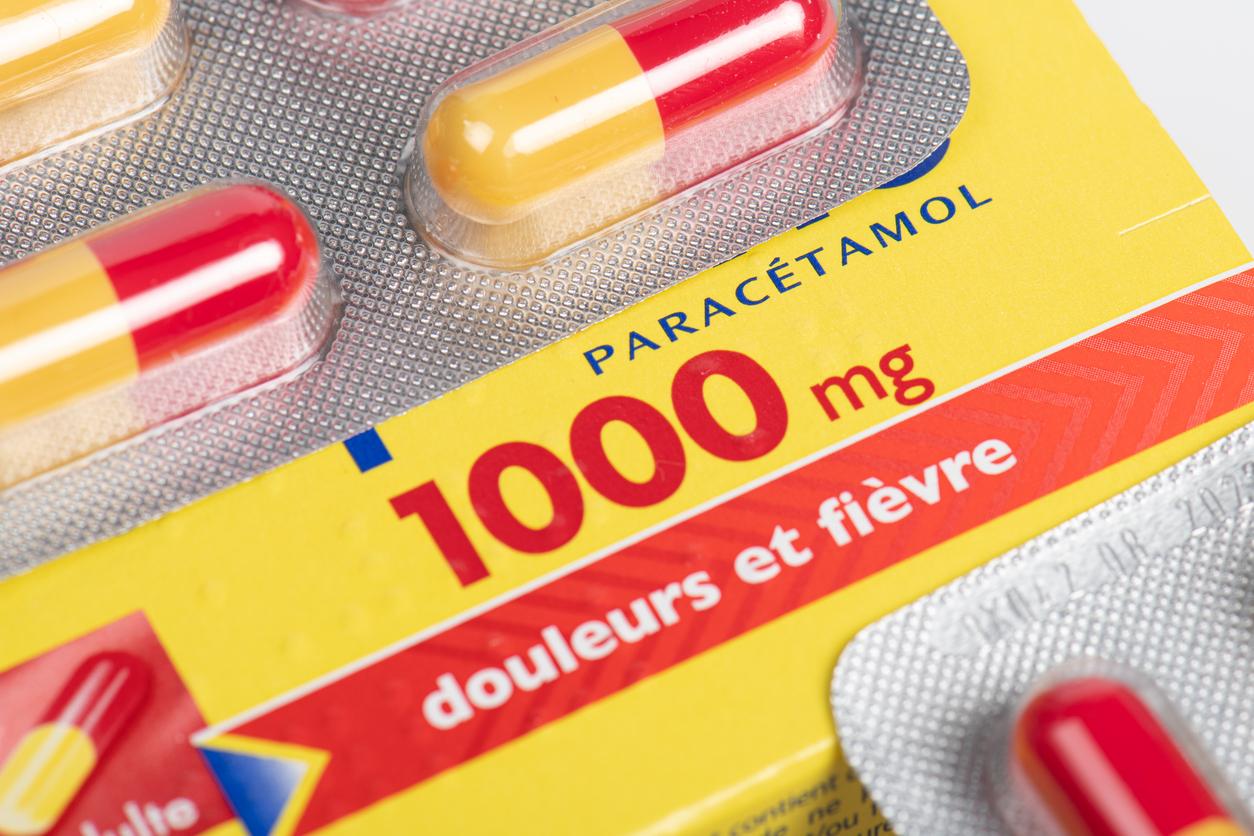Renal colic is one of the most intense pains and is often compared to labor contractions. Célia, who experienced it several times in the space of a few months, tells us how her first attack occurred.

- In 2019, Célia, who was 23 years old, suffered from renal colic, which is acute, unilateral, lower back pain.
- At the hospital, doctors confirm that she has a small stone, made mainly of calcium, in her very narrow channels, which go from her kidneys to her bladder.
- Célia had to take an opiate (codeine) and non-steroidal anti-inflammatories for the pain. She had to wait for the small stone to evacuate spontaneously.
“Nothing could have predicted that I was going to suffer from it.” In 2019, while she was sleeping, Célia, who was 23 years old, was woken up at 6 a.m. by pain located on the left side of her stomach and back. “At first, it looked like period pain that extended to the lower back. I wasn’t worried. But as it went on, it became more and more intense, like an alarm signal, constant and continues. I try to find a position to pass it, but nothing relieves me. At one point, it felt like someone had stuck a sword in my back and it was coming out of the side of my stomach”, remembers the young woman, who was at the time an intern in a telephone company.
“The doctors made me drink morphine, I felt like I was ingesting metal”
Despite the acute pain, she managed to join her mother in her room. “I was crying, I was doubled over, I was starting to feel hot. My mother asked me to describe what I was feeling. At first she thought it was appendicitis, but then she quickly ruled out that hypothesis. “ His father recognized the symptoms of renal colic because he had suffered from it before. Without a second thought, he called Samu, who arrived quickly. “I couldn’t walk. I was writhing in pain. So the emergency services moved me into a wheelchair then placed me on a stretcher in an ambulance”says the Parisian who was unable to go to work that day.
Once she arrived at Lariboisière Hospital, health professionals also mentioned renal colic, which is due to increased pressure in the urinary tract and in the kidney. However, before confirming the diagnosis using imaging tests, they wanted to alleviate the pain Celia was feeling. “There was no point in doing an infusion, because the product would take too long to take effect. So the doctors made me drink morphine. It was horrible, I felt like I was ingesting metal. It made me want to vomit.”
Renal colic: potential heredity and insufficient water consumption involved
After the medication reduced the pain, the patient had an MRI and ultrasound. The verdict is in. It was indeed renal colic resulting from the presence of a stone in the kidneys, which is essentially made of calcium. “In my case, the stone formed by mineral salts was tiny, but my channels, which run from my kidneys to my bladder, were even smaller. In addition, my stone was stuck to my walls. That’s why as soon as I “he moved, a seizure occurred. I think it was hereditary, because my father and my brother also had a kidney stone which caused renal colic. Another reason: the fact that I wasn’t hydrating enough and I therefore eliminated less of what remained in my kidneys”, explains the twenty-something.
After his hospitalization, his urologist explained to him that the small stone had to be evacuated spontaneously. “I couldn’t benefit from the laser, because this technique is recommended if a large stone is present. So I had to be patient and wait for it to pass in my urine.” The practitioner prescribed an opiate (codeine) and non-steroidal anti-inflammatories which she had to take every day to avoid feeling the pain caused by the movement of the stone. “Problem: the anti-inflammatory medications had side effects (fatigue, drowsiness) and irritated my stomach. I vomited constantly, sometimes even bile. So my pharmacist gave me stomach plasters.”

“Every day I was psychotic, because I had no idea when the kidney stone was going to be passed”
Five to six months after the treatment, Célia was better. She was still followed by her urologist and had routine exams. “I decided to stop taking the medication. Some time later, a new attack appeared when I was at the office. I had to quickly return home to take my treatment. But, it’s always complicated, because in cases of renal colic, you should not drink water as soon as the pain occurs. This triggers the movement of the stone, which intensifies the pain.” After this painful episode, she had to ingest liquid foods, such as soups, or foods rich in water. “I also had to drink cranberry juice in order to urinate more often and have a better chance of passing this little stone.” specifies the community manager who is now 27 years old and no longer suffers from seizures. “Until now, I don’t know if the stone is gone or if it’s lodged in another place where it doesn’t hurt.”
According to the Parisienne, one of the most painful aspects of renal colic is not being able to predict and prevent it. “Professionally, I never had any problems, because my colleagues were understanding. But every day I was psychotic, because I knew I had a kidney stone, but I had no idea when it was going to be passed . Every time I hurt somewhere, I panicked, because I didn’t want to feel that excruciating pain again.” To reduce the risk of having a kidney stone and suffering from renal colic, she advises drinking water regularly. “However, this does not prevent you from having a kidney stone. Other factors can promote its formation.”

















